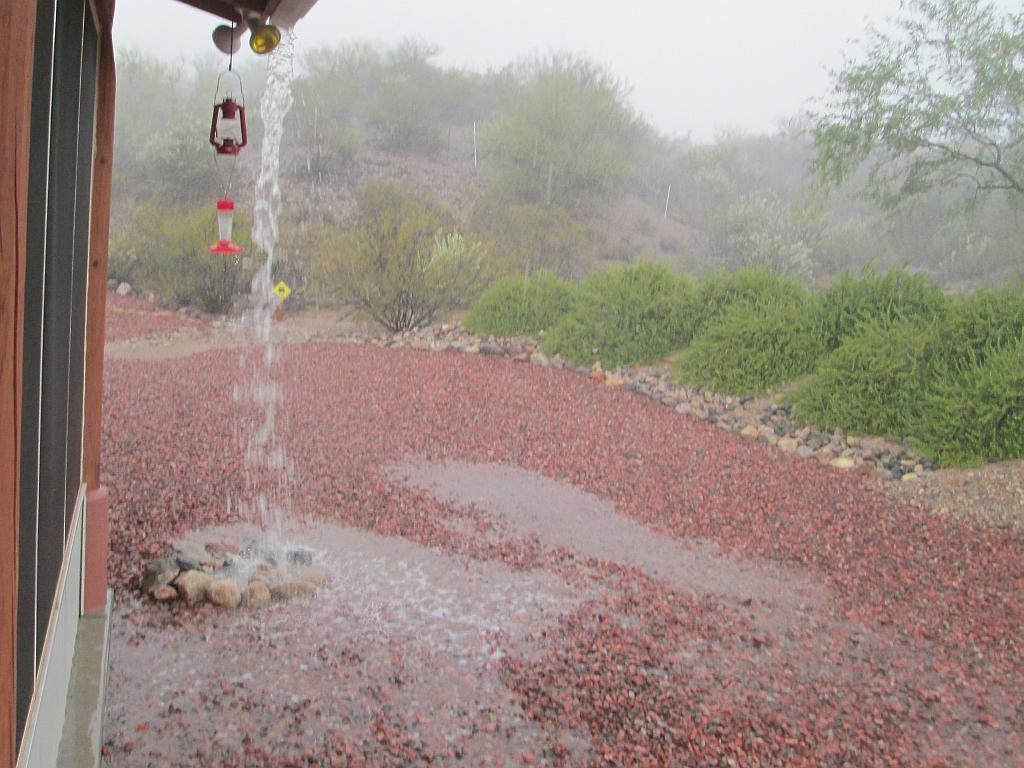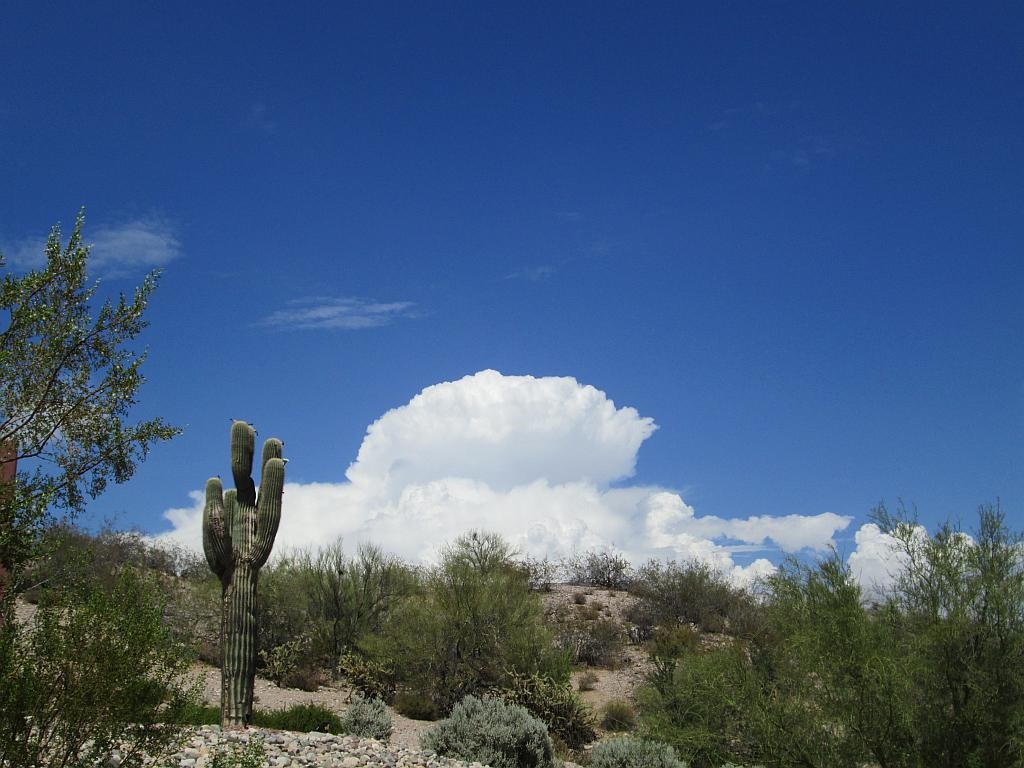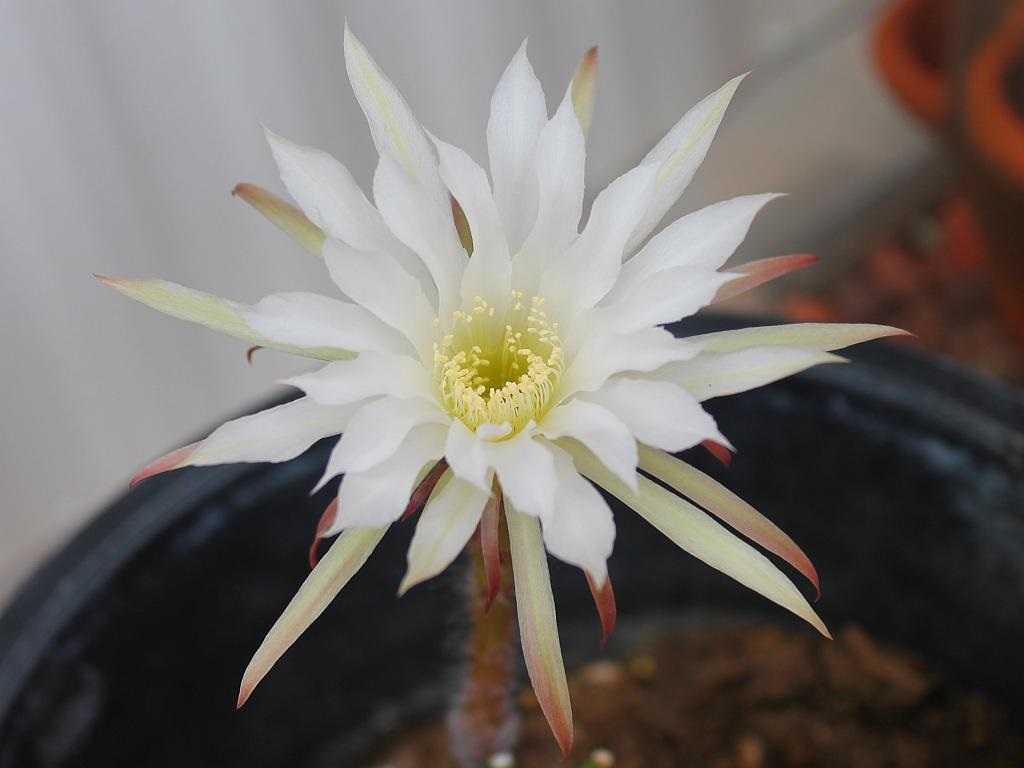I bought some more sunflower stems at the flower concession in the supermarket today. I have had several of these over the past couple of weeks as they seem to be in season now. They tend to last in the vase for a few days and then fade away. This one was very pretty in this face-on view. Click on the image to enlarge.
I looked up sunflower season on eHow:
The common sunflower (Helianthus annuus) is a warm-weather, summer-blooming annual characterized by large, showy flower heads, a stiff green stalk and broad green leaves. Flowers typically appear from May to October, or until the first frosts of autumn arrive. You may propagate sunflowers outdoors in the garden as soon as frosts have finished for the year. Sunflower seeds are mature and ready to harvest about four months after planting.






